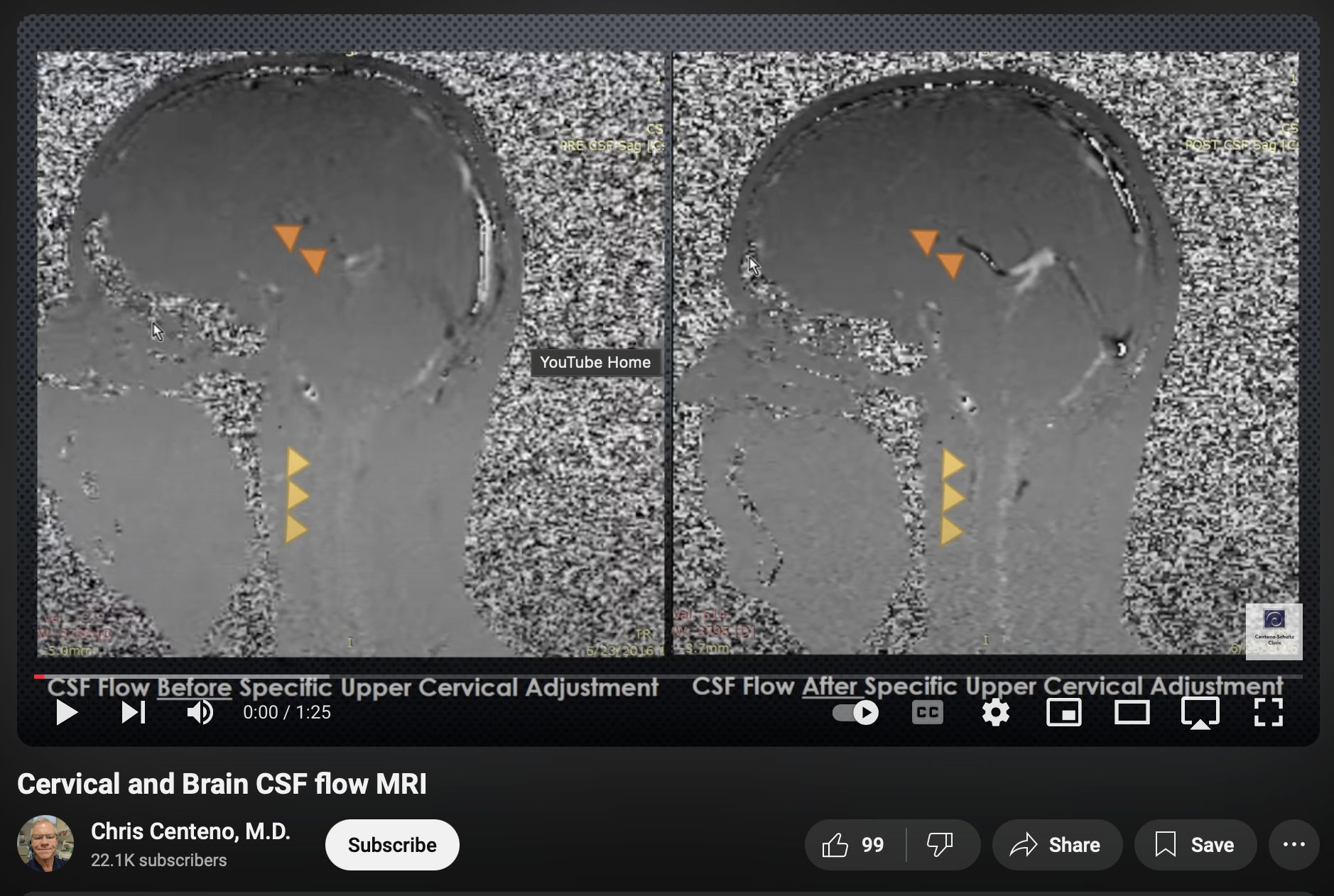Understanding The Root Cause of Chronic Headache
Chronic headaches and migraines are one of the most common disorder of the nervous system globally. Generally, migraine is a dull ache which develops into a constant throbbing, pulsating pain in your head. In the United States alone, there was 12 percent of the population reported a severe headache or a migraine. It is sixth most disabling illness worldwide, and yet, we don’t understand the clear cause of the incidence. Prevalence in women is much higher than men, and it has been reported from young children to elderly over 65 years old. A survey from 2017 found that the headache patients suffered multiple times in a single month. It is very common to observe migraine sufferers show classic symptoms of pain, sensitivity to light and sound, nausea and vomiting. Some experiences visual disturbances, numbness and tingling, clumsiness, or even difficulty communicating.
Many sufferers try to manage the pain through different types of treatments. Typical medical treatments advise both over-the-counter and prescription drugs. Although many of those sufferers already experienced or understood that common migraine drugs are just masking the signs and symptoms and may cause serious side effects, they seek medications to sustain the functional life.
According to National Headache Foundation, the cause of a migraine is believed to be chemical reactions in the brain; malfunctioning of the brainstem. Researchers reported that brain scans of the migraine patients showed that persistent overactivity in a structure called the brainstem at the base of the brain. Dr. Hans Christoph Diener reported that the scans revealed a possible migraine generator at the point where the brainstem joins the midbrain. When the brainstem located near the top of the neck malfunctions, it increases the swelling of the blood vessels surrounding the brain, setting up a chain reaction that results in a migraine headache.
A misalignment of the upper cervical spine between the head and neck has very close correlation of the function of the brainstem. Car accidents, sports injuries, work-related injuries, physical and/or emotional stress, falls, or even birth trauma can cause upper cervical misalignment. This type of misalignment creates postural distortion that interferes with muscle tensions of the head. It also interferes with the blood flow to the brain via vertebral artery that may mimics headache due to increased in intracranial blood pressure.
An article posted on NUCCA.org, you can see how migraine patients improve with their quality of life with upper neck realignment. Dr. Woodfield, Charles has a such a great contribution to the upper cervical chiropractic community by publishing an observational pilot study with Dr. Gordon Hasick, which you can find it here. The results of the study from the abstract as followed, “Results. Five of eleven subjects exhibited an increase in the primary outcome, intracranial compliance; however, mean overall change showed no statistical significance. End of study mean changes in migraine-specific outcome assessments, the secondary outcome, revealed clinically significant improvement in symptoms with a decrease in headache days,” which many patients hope to stop their headache and being dependent on the medication to manage the quality of life.

NUCCA Wellness Clinic of Chicago
4801 W. Peterson Ave, Ste 216, Chicago, IL 60646
401 S. Milwaukee Ave, Ste 210, Wheeling, IL 60090
C: (224) 676-1920 or Email Us.
If you’d like to request for an initial consultation, please click here.





